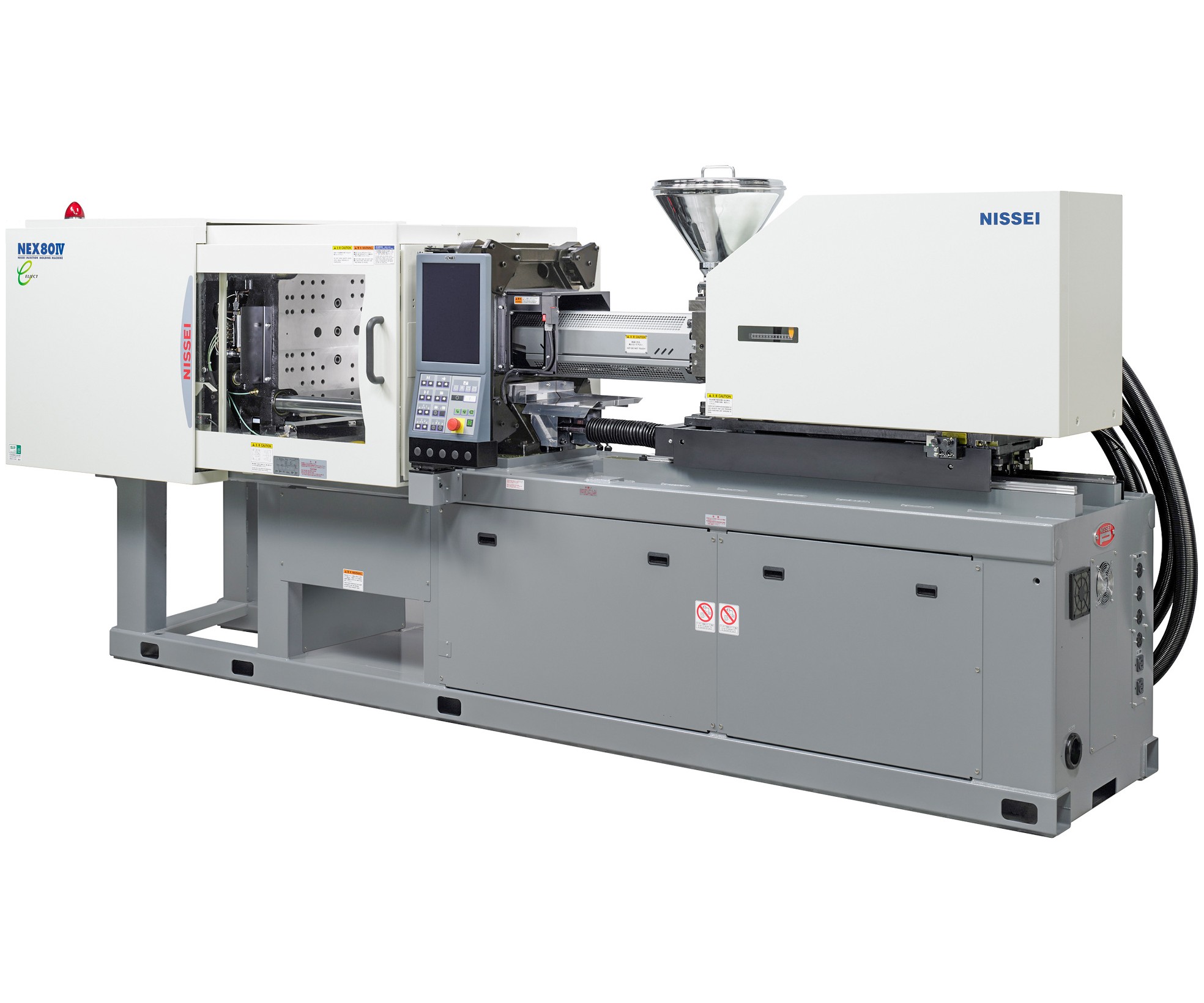The most popular plastic parts production method, injection molding, is highly favored. It’s because of its ability to enhance large production runs of the same parts. The injection molding process is not very complicated. In simple terms, it needs only two vital steps: getting the mold and using it for manufacturing parts. Among all the production methods, injection molding is the cheapest way to manufacture components in high and medium volumes. Here you will get a detailed?injection molding guide?to sort out your needs.
After making the initial molds, the price per unit cost becomes low. Since injection molding builds identical and perfectly molded parts all time, it reduces material wastage compared to other production processes such as CNC machining. Because of this, plastic injection molding is growing faster in this industry. In 2019, its value was $258.2 billion, and the valuation prediction is that it will reach $372.9 billion in less than ten years.
Plastic injection molding doesn’t need the precision of a high level.
The injection molding tooling process
Regardless of the advantages of this injection process, it has some drawbacks. The lead time and the upfront tooling costs needed are the obstacles for most manufacturers. Though the tooling process can be the first phase of the injection molding process, some manufacturers consider it separate. It’s because of its high demands that need completion for any product.
The tooling process needs the product design crew to prototype and design components. They can do this using 3D printing and then create molds that you can use to build parts. It needs extensive optimization and testing. Once done, you can do the injection process thousand times to develop identical components.
Steps followed by manufacturers in building parts using the injection molding method
Assuming you already have the molds, the injection molding process becomes an easy and reputable process with six simple steps.
Clamping?
It’s the first step of this process. The injection models are of two clamshell-style pieces. The clamping phase involves pushing two mold metal plates against each other using a machine press.
Injection
After clamping together two molds plated, the injection can now start. The plastic is in pellets or granules form. They get melted into a liquid form, and the liquid gets injected into the molds. The precaution here is to maintain a constant temperature during the entire process.
Dwelling?
Melted plastic then fills the whole mold in this phase. The mold gets direct pressure to ensure that the liquid fills all cavities for the product to come out as one identical mold.
Cooling?
A cooling stage is the easiest phase in this process. You leave the mold alone for the hot plastic to solidify and cool into usable products that you can remove from the mold.
Mold opening
Once the cooling is over, a clamping motor opens the two mold parts to allow simple and safe removal of your product.
Ejection
With an open mold, an ejector bar pushes the solidified product slowly out of the open mold cavity. A fabricator uses cutters to reduce waste materials and perfect the end product for client use. You can recycle the waste material for another part to minimize the material expenses.
Conclusion
Since tooling costs and time can be high in the injection process, the injection process becomes an easy way to develop countless identical products at a lower price. Its why injection molding has become the fastest practice in current manufacturing.

